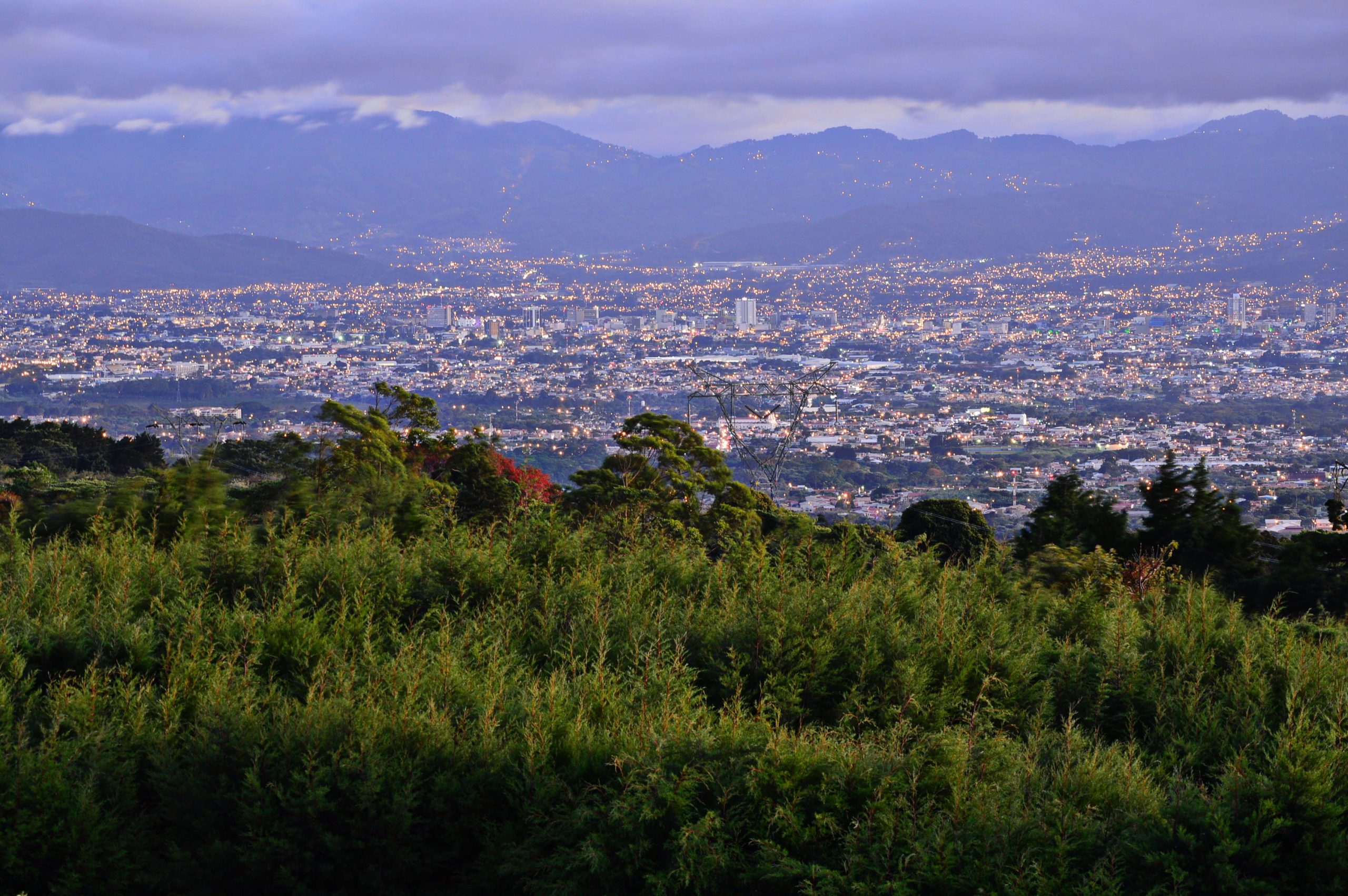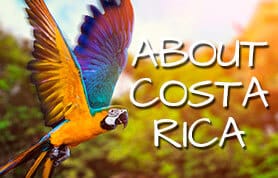New species of orchids continue to be discovered by researchers poking around in the tops of rain forest trees here and elsewhere, but the total number of species found to exist probably will not far exceed the more than 25,000 now known. I mention the tops of trees because most tropical orchids are epiphytic, that is they grow on the trunks or branches of trees rather than on the ground. Of the 1,200 plus species thus far catalogued from Costa Rica, 88% are epiphytes. Add to this the fact that rain forest canopy exploration is still in its infancy and it is only reasonable to expect that this is where most new orchid species will be found.
How and why the orchid family has managed to evolve so many species are still unanswered questions. Part of the how is undoubtedly the size of orchid seeds. A successfully pollinated orchid flower will produce a seed capsule that may contain as many as one million seeds. Each orchid seed is a dustlike particle easily capable of being carried far and wide by air currents. Theoretically, this should allow for the periodic establishment of populations of a given species at considerable distances from the original population. As a result of geographic isolation, each new population could eventually evolve into a distinct, and thus new, species.
It is little short of a miracle, however, that orchid seeds ever grow to become plants at all since each seed is so small that it carries scarce nourishment to maintain the tiny plant that sprouts if the seed should land somewhere with the appropriate conditions. All orchids rely on quickly establishing symbiotic relationships between their roots and fungus which aids them in nutrient uptake, at least during the seedling stages. Without this partnership with fungi, we would have no orchids.
The mechanisms that closely related species of orchids use to prevent the occurrence of hybrids in nature include flowering at different times of the year, a variety of ploys for attracting different pollinators, and sufficiently different flower structure so that even if the same pollinator, let’s say a bee, visits the flowers of two species, the pollen is placed on different parts of the bee’s body by each orchid species and therefore does not come in contact with the receptive part of the wrong species of flower. All rather complicated, but it seems to work in natural environments and to help maintain high species diversity.
Nevertheless, in fewer than 140 years, man has managed to achieve what evolution has worked so arduously to avoid. More than 50,000 artificially produced hybrids have now been registered, twice as many as naturally occurring orchid species.
It is curious that aside from their value as ornamentals, no economic uses have been found among the vast orchid family and all of the recent man-made crosses, with the single exception of a few species in the genus Vanilla, the commercial source of vanilla flavoring.
Source Infocostarica.com





